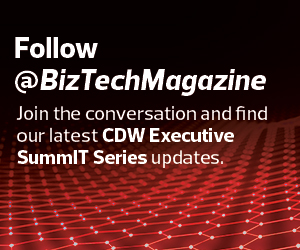How Collaboration Platforms Can Help Build Corporate Culture
One of the themes to come out of the event was the need to exploit the advantages of collaboration platforms as a means of building a positive corporate culture. In a session titled “Modern Workplace: Reimagining the Future of Work,” Shubham Choudhary, Microsoft’s partner strategy lead for the modern workplace, proclaimed, “Digital change must be more than investment in tools and IT. It is a way of being.”
Choudhary went on to say that digital transformation is not a tech problem, it's a cultural issue. It begins with empowering employees to accomplish more. He also noted that millennials are looking for choice, connectedness and mobility — all of which demand a digital-first approach.
READ MORE: Find out what IT leaders can do to embrace hybrid work.
Choudhary’s comments were echoed in sessions by Adams and Kim Lear, founder of Inlay Insights. Both speakers noted the varying communication styles preferred by workers from different generations and the need to accommodate such preferences.
“Thinking as a leader,” Lear said, “the way that you articulate, the way that you write, and thinking through even the way that you write emails — Is the subject line related to what's in the body of the email so that it's easily findable later? — your next steps, thinking through your meeting agendas to really determine, how can we make this as effective as possible to still create the culture that we want, and to still bring people together?”
In a separate session, Zafar Chaudry, senior vice president and chief digital and information officer for Seattle Children’s, observed, “Change management is probably the hardest component of healthcare. Physicians and nurses really don't like any form of change. That's been difficult. No matter how sexy the solution is, they don't necessarily want it. And when you're working in capacity, it's hard to learn tricks. You've got to find a balance. So, I think moving forward this balance will be productivity versus keeping your employees engaged and happy.”














